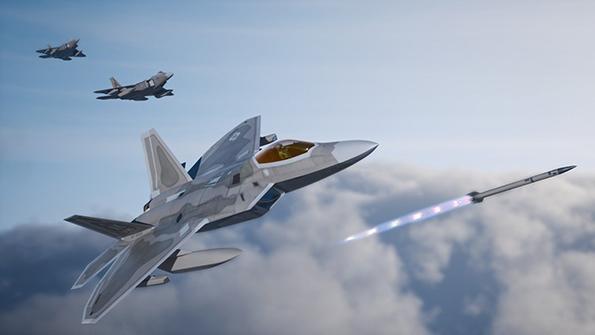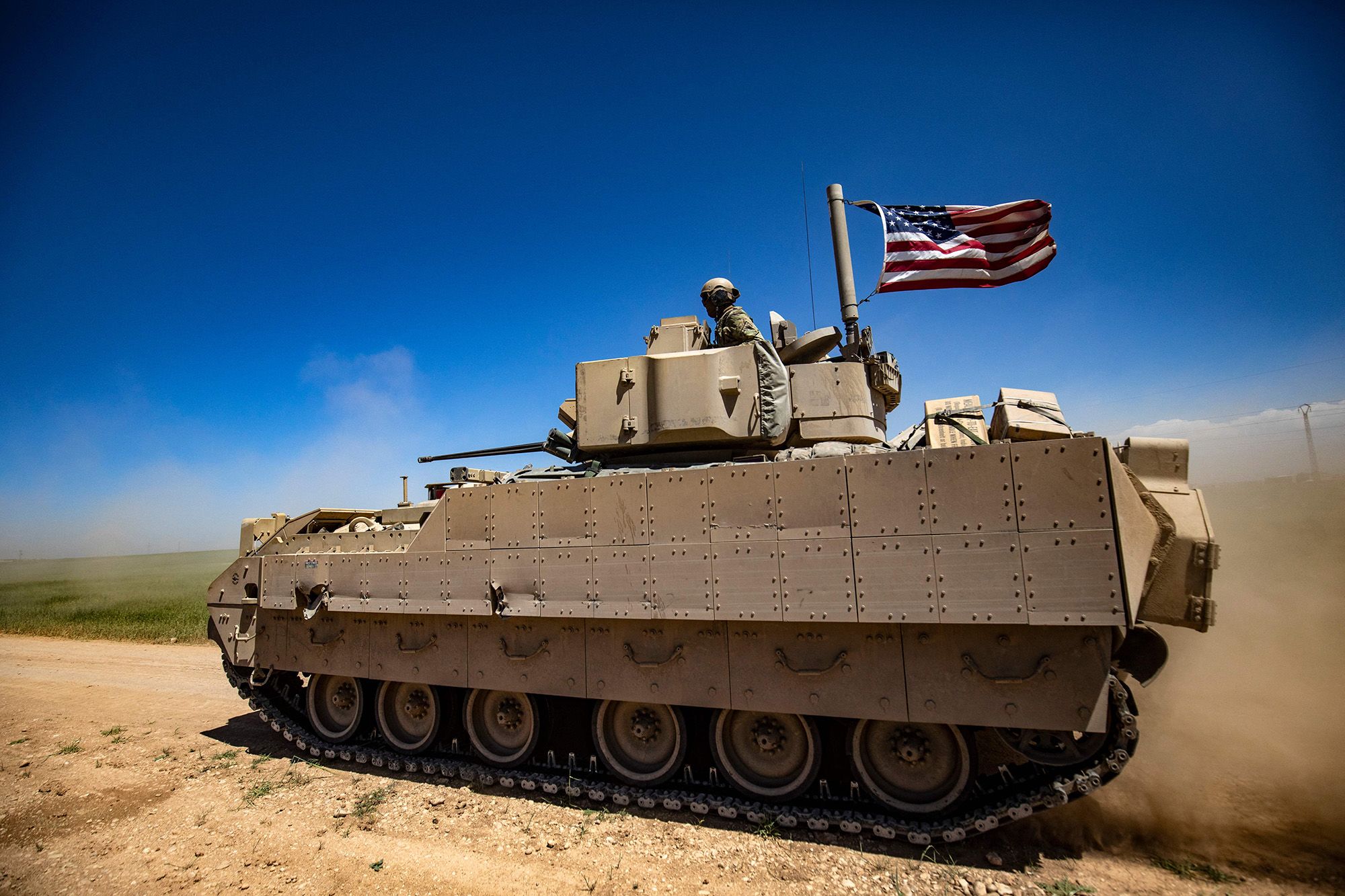As the United States continues to assert its role as a global military superpower, the allocation of colossal budgets for defense spending remains a defining feature of its government’s agenda.

US Future Weapons: A Glimpse into the US Military’s Upcoming Arsenal of 15 Cutting-Edge Weapons (Photo: Aviation Week)
Major Strategic Investments: The 15 Key US Future Weapons
According to the recent report published by 24/7 Wall St., in September 06, 2023, to fathom the trajectory of U.S. military might, one must scrutinize the Department of Defense Budget FY 2024 Request. This comprehensive document offers an itemized account of major weapon system expenditures spanning two fiscal years, along with the requested budget for 2024 US future weapons.
Among these investments, we spotlight the 15 cutting-edge US future weapons systems that hold pivotal roles in ongoing research, development, testing, and evaluation efforts. Notably, these systems remain in the developmental phase and are not slated for delivery in the upcoming fiscal year. The intricate details of each system’s allocation within the military are drawn from the DOD budget proposal document, known as the Program Acquisition Cost By Weapons System.
Within this select group of 15 US future weapons systems are groundbreaking advancements across various domains. These innovations encompass advanced pilot training jets, next-generation airborne warning and control system aircraft, the stealthy successors to long-range bombers, and even the much-anticipated next iteration of the presidential aircraft, colloquially known as “Air Force One.” Each of these developments is poised to strengthen America’s military capabilities, US future weapons, and maintain its status as a global superpower.
READ ALSO: A Drive-By Shooting Killed A 6-Year Old Girl
The Costliest Pursuits: America’s Investments in Future Defense Systems
In a recent news reported by Military, among these strategic investments, a handful stands out not just for their technological significance but also for their substantial budgets. Leading the pack is the overhead persistent infrared (OPIR) space-based missile warning system. This revolutionary US future weapons system is set to replace the existing missile tracking infrastructure that has been in service since the mid-1990s. As the costliest endeavor within this lineup, the OPIR underlines America’s commitment to maintaining an edge in missile defense technology.
However, the OPIR is just one facet of America’s multifaceted approach to defense modernization. The nation’s nuclear triad is undergoing significant upgrades with US future weapons, Trident II submarine-based nuclear missiles and the Sentinel land-launched intercontinental ballistic missile poised to replace the aging Minuteman III. These enhancements reinforce America’s commitment to a robust and flexible nuclear deterrent, solidifying its position as a key player in global security.
READ ALSO: Former Steeler Now Georgia Football Staff Jarvis Jones Arrested For Speeding And Reckless
























